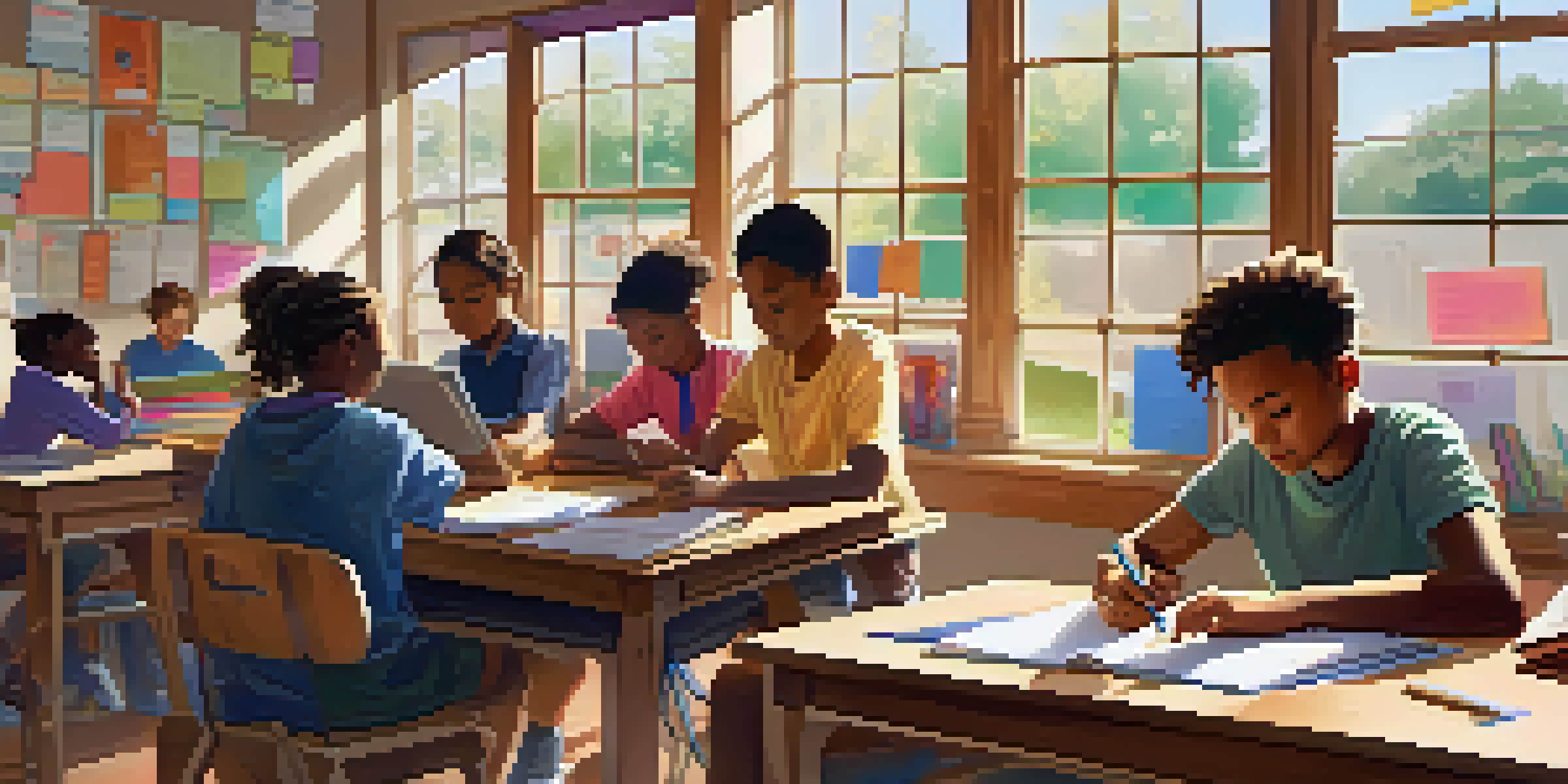The Role of Feedback in Blended Assessments for Learning

Understanding Blended Assessments: A Quick Overview
Blended assessments combine traditional and digital learning methods, offering a flexible approach to evaluating student performance. This method not only measures knowledge but also encourages the application of skills in real-world scenarios. By integrating various assessment types, educators can cater to diverse learning styles and preferences, making education more inclusive and effective.
The Significance of Feedback in Learning Processes
Feedback is essential in the learning process, acting as a bridge between performance and improvement. It helps students understand their strengths and weaknesses, guiding them toward mastery of the subject matter. When feedback is timely and constructive, it fosters a growth mindset, motivating learners to engage more deeply with the content.
Blended Assessments Enhance Learning
By integrating traditional and digital methods, blended assessments cater to diverse learning styles and promote real-world skill application.
Types of Feedback in Blended Assessments
In blended assessments, feedback can take various forms, including verbal, written, and digital comments. For instance, peer reviews allow students to learn from one another, while automated feedback from online quizzes offers immediate insights. Each type has its advantages and can be strategically utilized to enhance the learning experience.
How Feedback Influences Student Engagement
Effective feedback can significantly boost student engagement by creating a sense of ownership over their learning journey. When students receive constructive feedback, they feel more connected to their progress and are more likely to take initiative in their studies. This engagement is crucial in blended assessments, where motivation can sometimes wane.
Feedback Drives Student Engagement
Timely and constructive feedback fosters a growth mindset, leading to greater student ownership and initiative in their learning journey.
Creating a Feedback Loop in Blended Learning Environments
A feedback loop is a continuous cycle where feedback leads to improvement, which is then reassessed. In blended learning, this loop is vital for ensuring that students not only receive feedback but also apply it to future assessments. By regularly incorporating this cycle, educators can help students achieve sustained growth and deeper understanding.
Challenges in Providing Effective Feedback
While feedback is crucial, providing it can come with its challenges, such as time constraints and varying student needs. Educators often struggle to balance personalized feedback with the demands of large classes. Recognizing these challenges is the first step toward developing strategies that ensure all students receive the guidance they need.
Challenges in Providing Effective Feedback
Educators face hurdles like time constraints and diverse student needs, making it essential to develop strategies for effective feedback delivery.
Best Practices for Delivering Feedback in Blended Assessments
To maximize the impact of feedback, educators can adopt several best practices, such as being specific and actionable in their comments. Encouraging self-assessment can also empower students to reflect on their own work. By combining these techniques, educators can create a supportive environment that promotes continuous improvement.
The Future of Feedback in Blended Learning
As technology continues to evolve, the role of feedback in blended assessments is expected to grow even more significant. Innovations such as AI and learning analytics can provide personalized feedback at scale, making it easier for educators to support diverse learners. Embracing these advancements will be key to enhancing the effectiveness of blended assessments in the future.